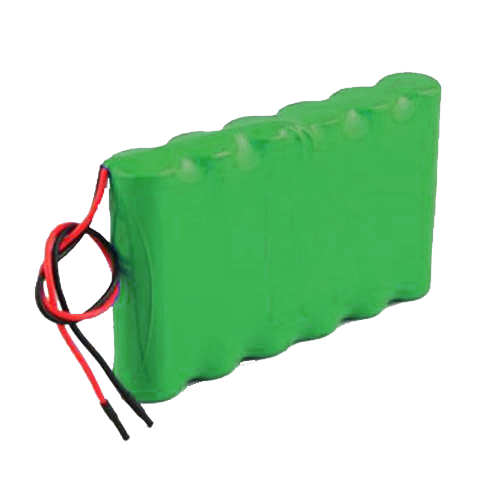Rechargeable Lithium-ion batteries are usually powered by a charger connected by a cable to an electric source that usually increases voltage in the interior of the cell. This creates a reaction inside which forces the passage of the electric power from the cathode to the other terminal.
Though they may conserve more voltage than their capacity allows, their diode-like interior mechanics ensure that they cannot explode. This is further enhanced by the careful selection and balanced intermixture of bases in making the product. You can also buy custom battery packs via https://nuenergystorage.com/custompack-enclosures/.

Unlike other charging devices, the lithium-ion battery does not lose much of its power capacity when inert. Thus, it can be left without being used for a long time and still retains its full charge.
Another notable power feature of this cell is that it has convenient portability that is enhanced by the high-energy capacity. This marks it out as an exceptional device in its class whose energy capacity is not determined by its size. Though it is relatively small and easy to carry around, it can easily power a device many times larger with guaranteed efficiency.
The easy charging utility of this cell also allows it to be powered severally without decreasing its durability. This short-term charging not only increases its service but also retains memory. It does not lose much of its power when in use or when inert. For the best use of this device and improvement of its utility, it should be powered selectively. The charging character of the device means that one should not overload it but rather power it bit by bit in short sequences.